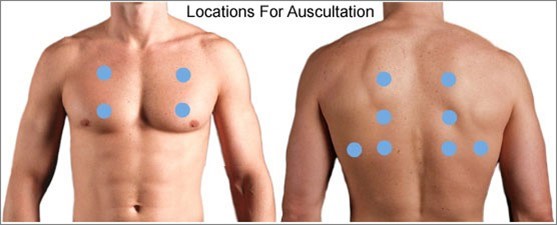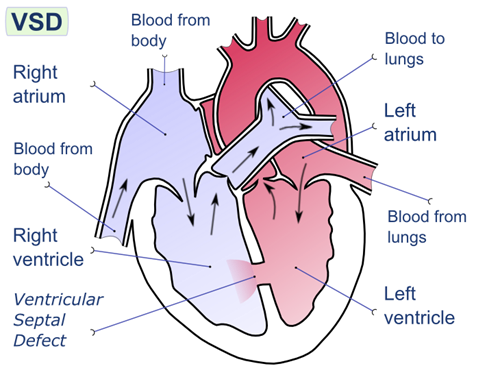The practical nurse (PN) is assessing an older client with left-sided heart failure (HF). What intervention is most important for the PN to implement?
Inspect for sacral edema.
Measure urinary output.
Auscultate all lung fields.
Check mental acuity.
Check mental acuity.
The Correct Answer is C
When assessing an older client with left-sided heart failure (HF), the most important intervention for the practical nurse (PN) to implement is to auscultate all lung fields. Left-sided heart failure is characterized by the inability of the left ventricle to effectively pump blood, leading to fluid accumulation in the lungs. Auscultating all lung fields allows the PN to assess for the presence of abnormal lung sounds such as crackles, indicating pulmonary congestion.

In summary, when assessing an older client with left-sided heart failure, the most important intervention for the practical nurse (PN) to implement is to auscultate all lung fields. This allows for the detection of abnormal lung sounds associated with pulmonary congestion, a hallmark sign of left-sided heart failure.
Nursing Test Bank
Naxlex Comprehensive Predictor Exams
Related Questions
Correct Answer is B
Explanation
the practical nurse (PN) should engage in regular contact with the client who demonstrates an inability to communicate effectively. Regular contact helps establish a therapeutic relationship and provides opportunities for observation and assessment of the client's needs and behavior. It also helps the PN to build trust with the client over time.
The other options listed are not appropriate methods for interacting with a client with psychosis who has difficulty communicating effectively:
A. Discouraging group activities: Group activities can be beneficial for individuals with psychosis as they provide opportunities for social interaction, skill-building, and support. It is important to encourage participation in appropriate group activities that are tailored to the client's needs and abilities.
C. Touching the client when speaking: Touching the client without their consent may be perceived as invasive or threatening, especially for individuals with psychosis who may already have difficulties with sensory processing or boundaries. It is important to respect the client's personal space and communicate through verbal means, maintaining a respectful and
non-intrusive approach.
D. Establishing a no-harm contract: No-harm contracts are typically used in the context of suicidal or self-harming behaviors to promote safety and identify support systems. While safety is important, it is not directly related to the communication difficulties associated with psychosis. Instead, the focus should be on developing a therapeutic relationship and finding effective means of communication with the client.
Correct Answer is B
Explanation
In infants with heart failure, they may have difficulty feeding due to fatigue and increased work of breathing. Allowing the infant to rest before feeding helps conserve their energy and reduces the risk of excessive fatigue during feeding.

The other options are not appropriate interventions for this situation:
A.Weigh before and after feeding: Weighing before and after feeding is not necessary in this case unless specifically ordered by the healthcare provider. It is not directly related to the management of feeding an infant with heart failure.
C.Feed the infant when he cries: Feeding the infant solely based on crying may not be appropriate in this case. It is important to establish a feeding schedule and monitor the infant's signs of hunger and satiety to ensure adequate nutrition and prevent overfeeding.
D.Insert a nasogastric feeding tube: Inserting a nasogastric feeding tube should not be the first intervention unless there is a specific indication or order from the healthcare provider. In this scenario, the focus is on supporting oral feeding and allowing the infant to rest before feeding.
Whether you are a student looking to ace your exams or a practicing nurse seeking to enhance your expertise , our nursing education contents will empower you with the confidence and competence to make a difference in the lives of patients and become a respected leader in the healthcare field.
Visit Naxlex, invest in your future and unlock endless possibilities with our unparalleled nursing education contents today
Report Wrong Answer on the Current Question
Do you disagree with the answer? If yes, what is your expected answer? Explain.
Kindly be descriptive with the issue you are facing.
